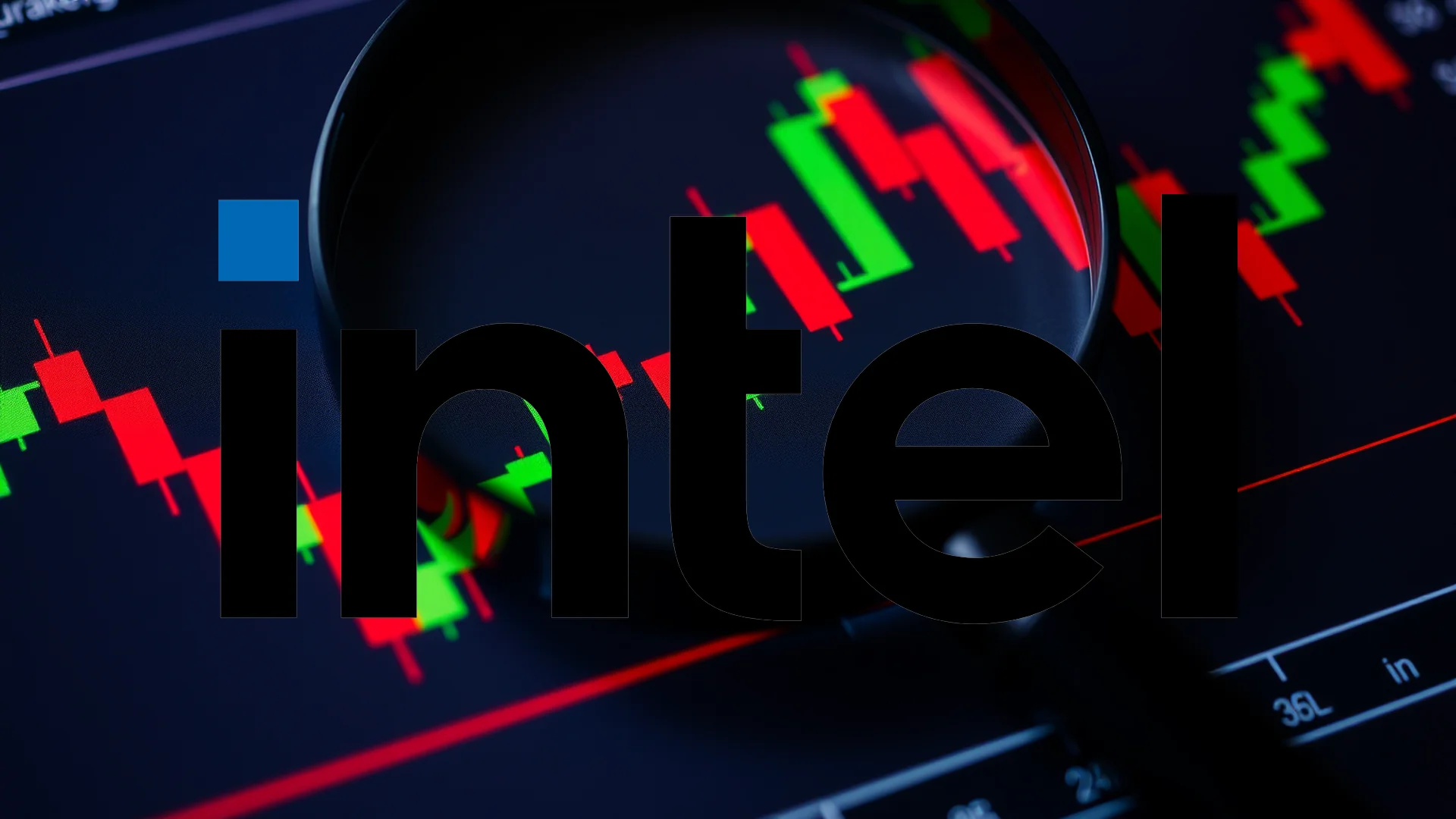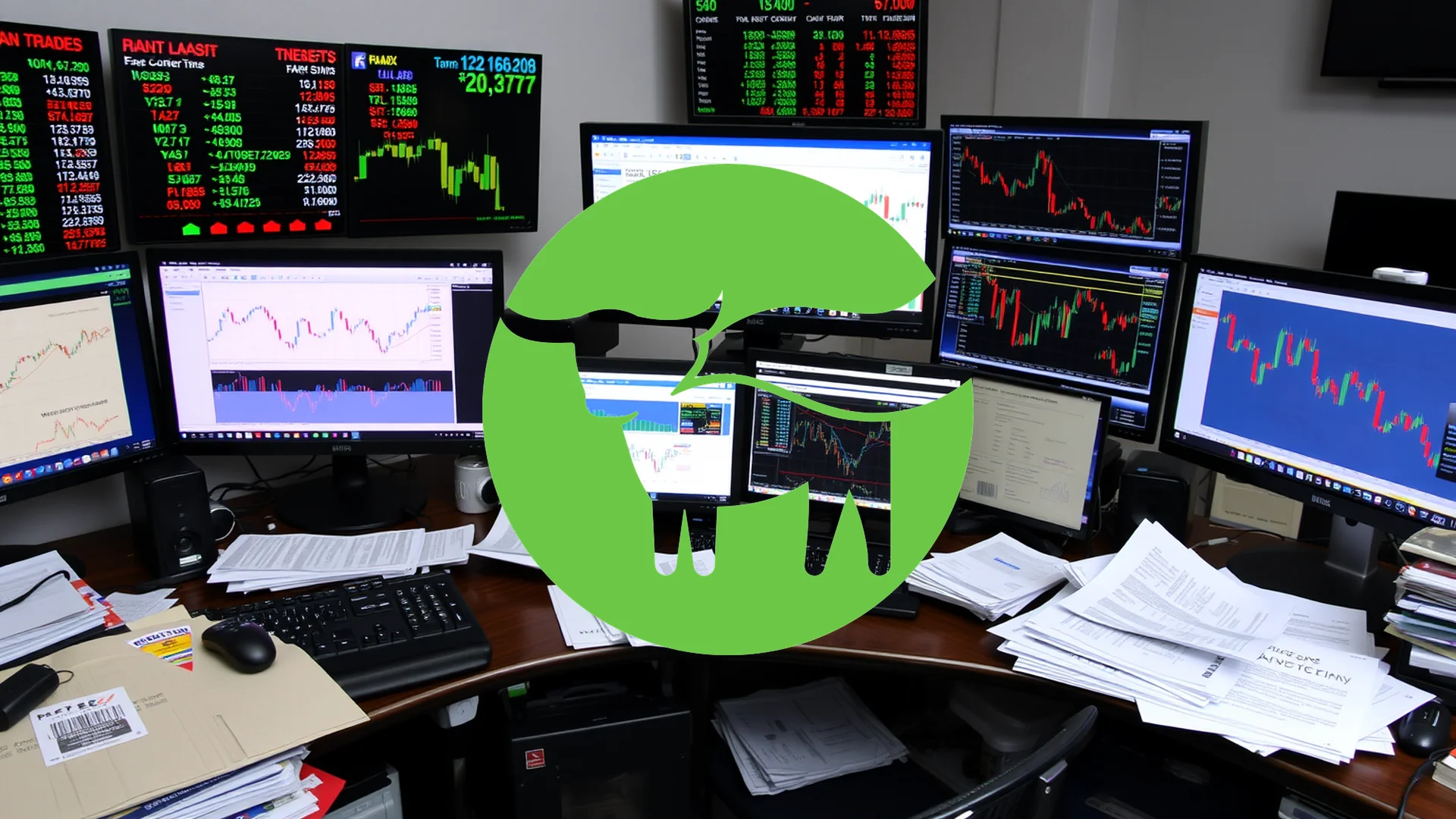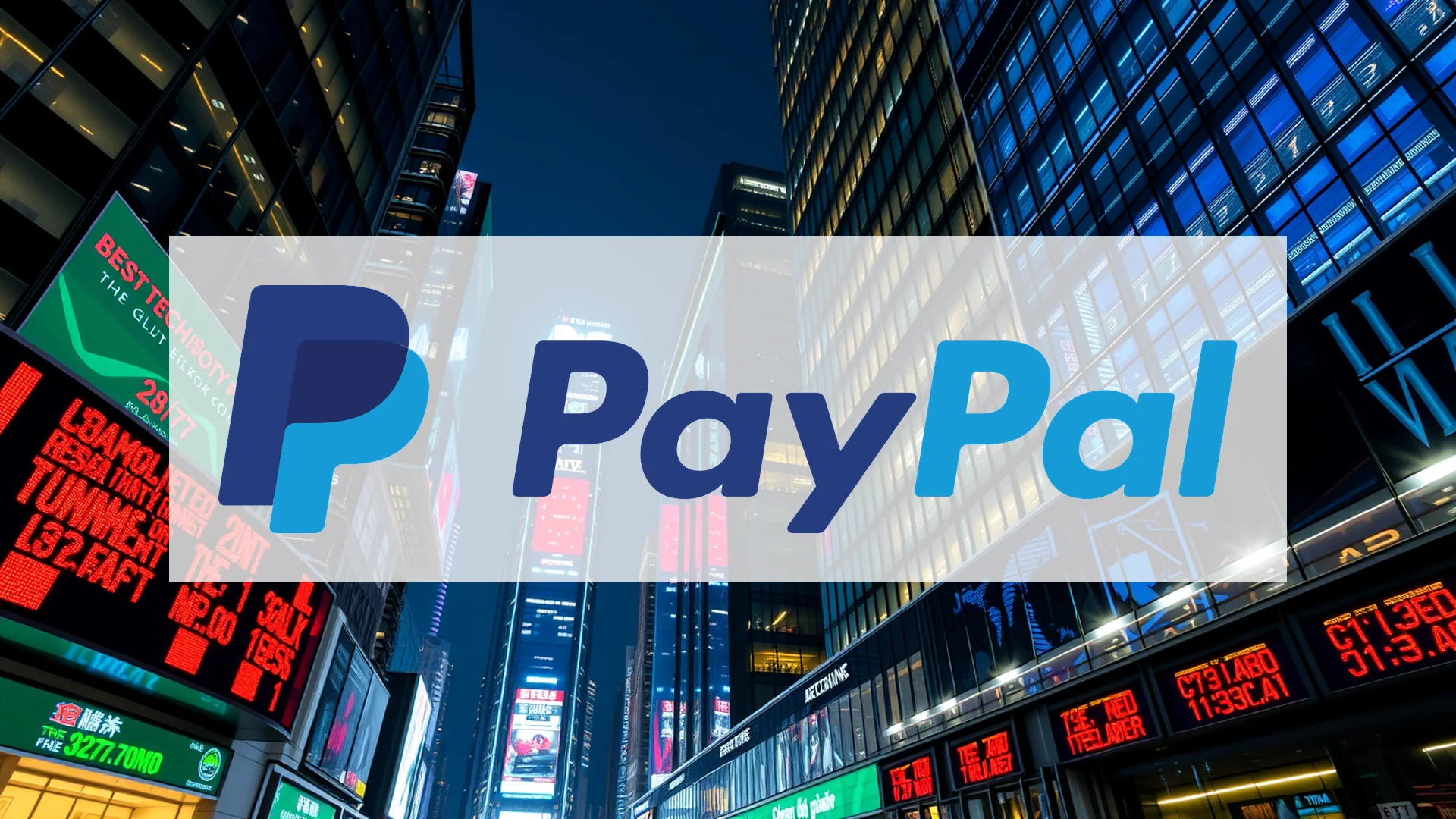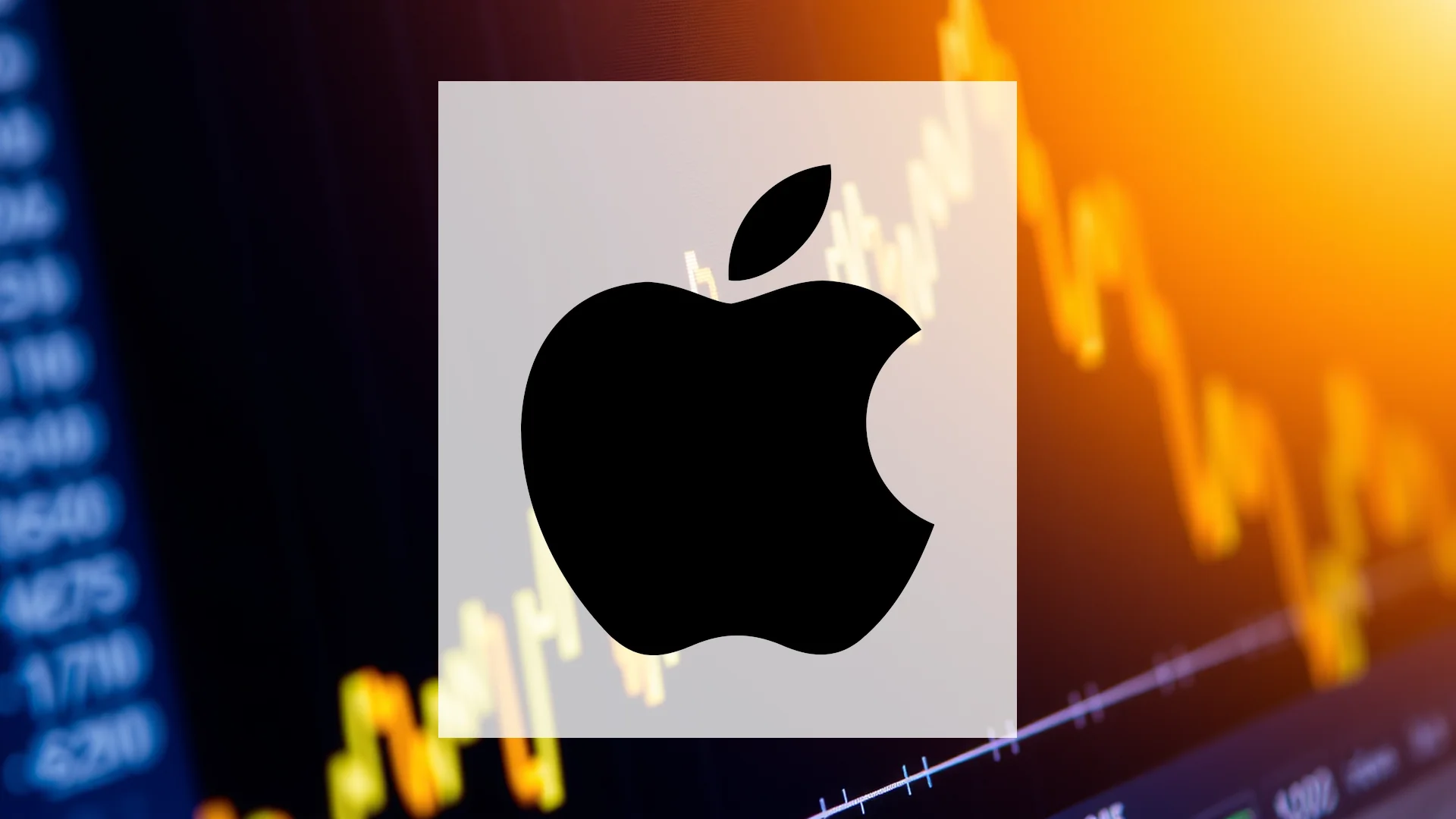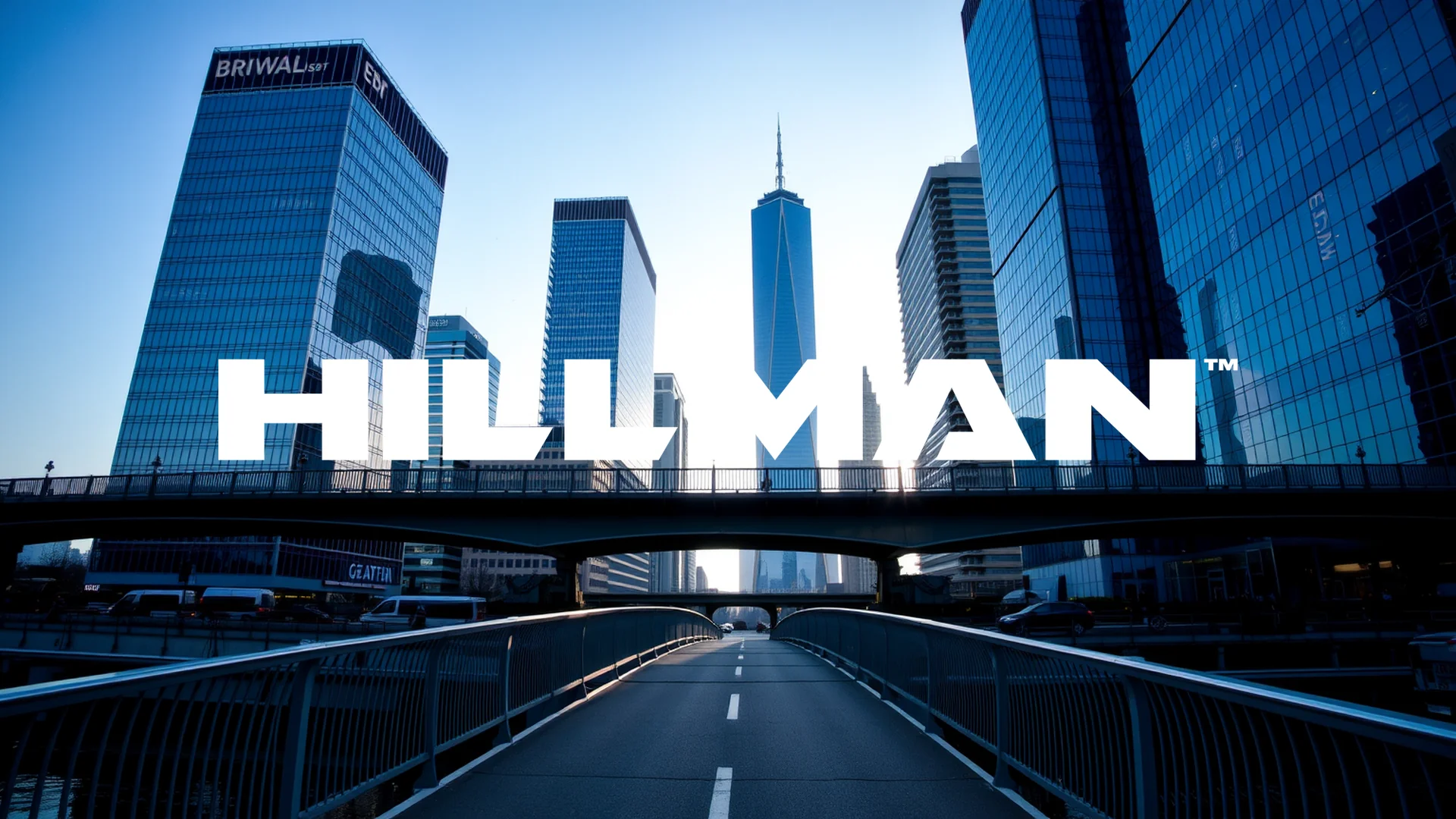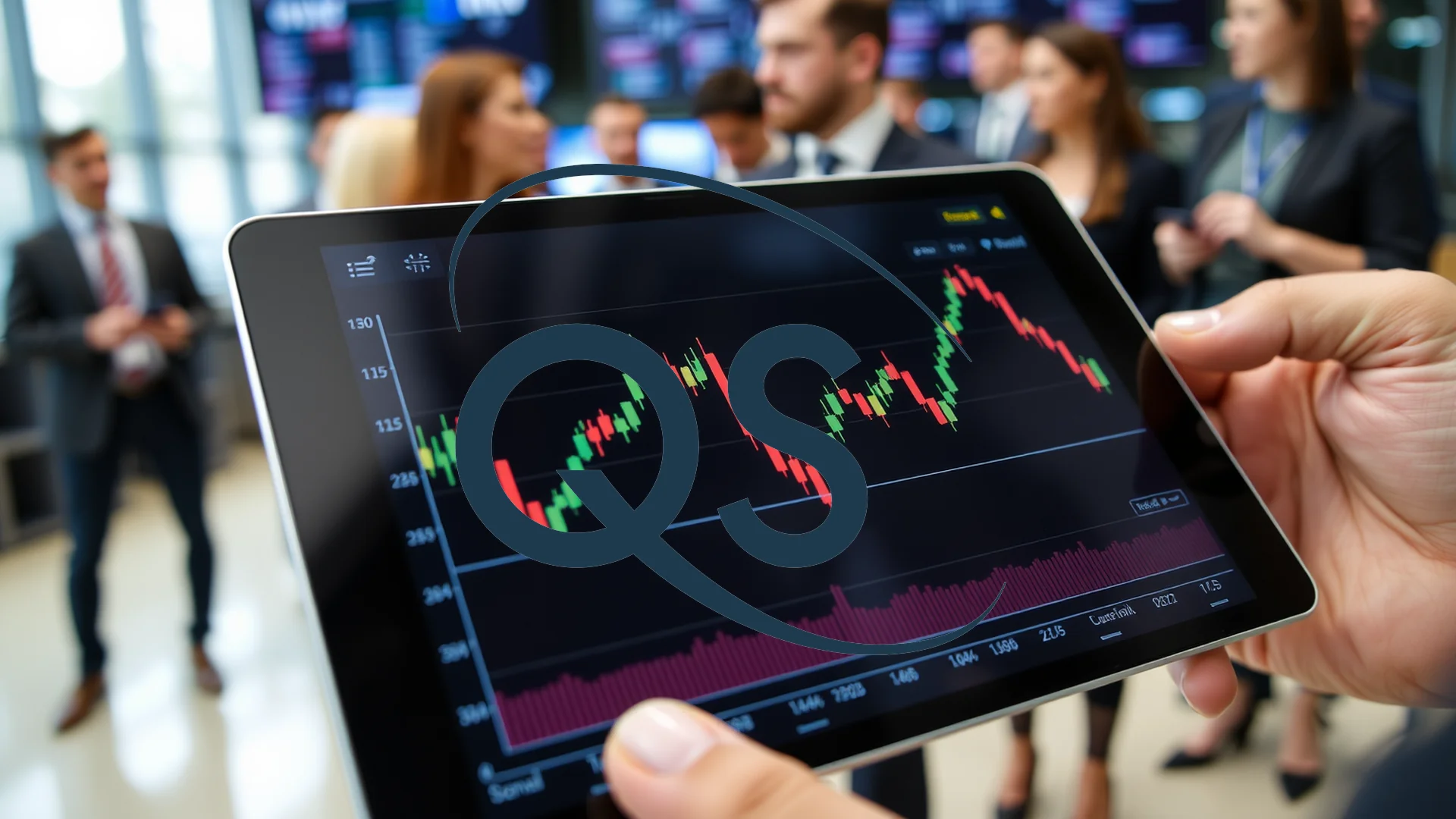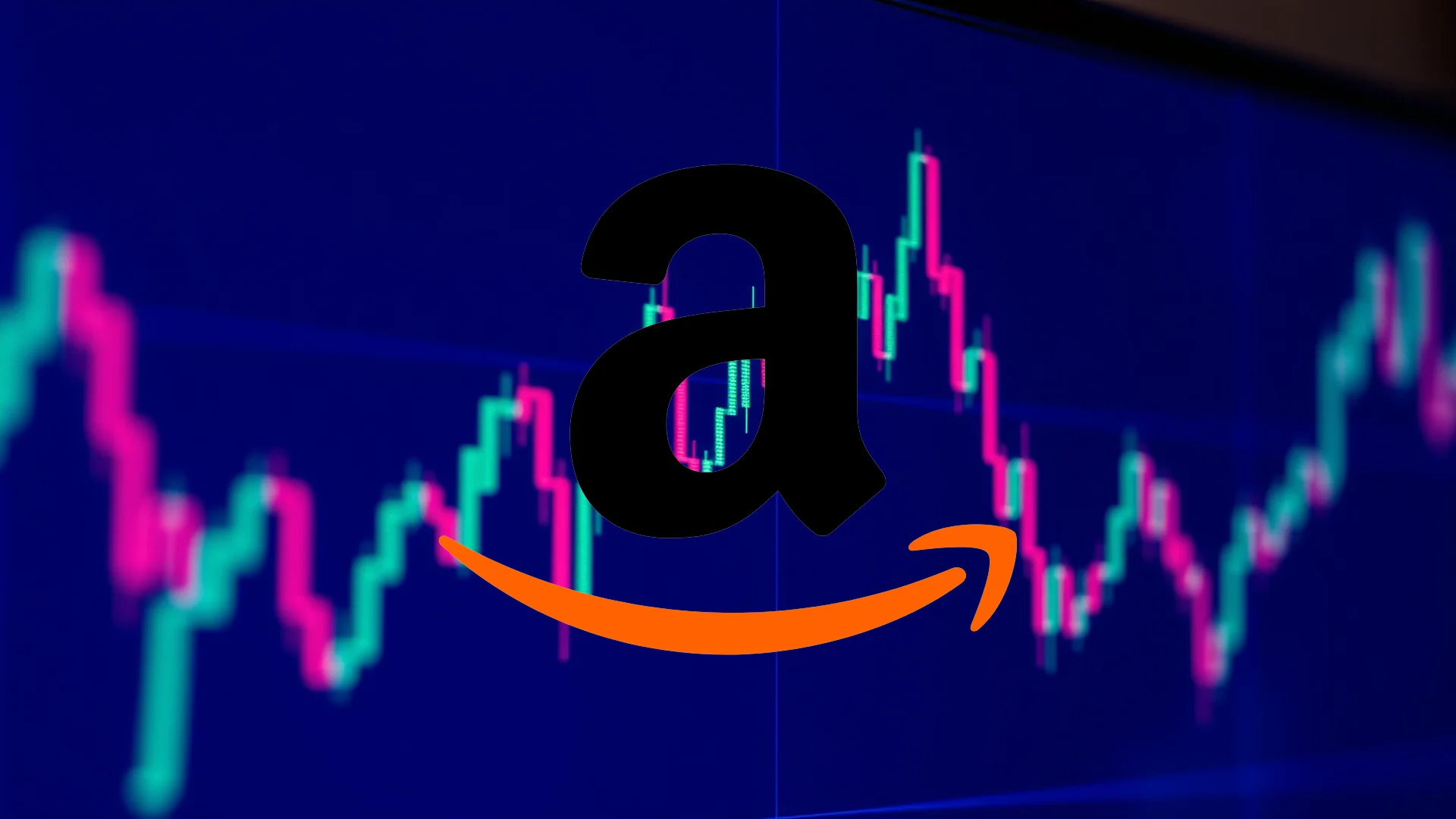The American healthcare behemoth UnitedHealth Group continues to struggle with a severe financial downturn, showing little sign of a near-term recovery. Soaring medical expenses are severely outpacing the company’s ability to adjust its insurance premiums accordingly. This mismatch has triggered a dramatic collapse in profitability, prompting growing pessimism among market analysts. The former industry leader now faces the prospect of a prolonged period of convalescence.
Soaring Medical Ratios Squeeze Margins
At the heart of UnitedHealth’s challenges is a critical profitability metric: the Medical Care Ratio. This key indicator, which measures the proportion of premium revenue spent on medical care, surged to a concerning 89.4%. This figure means that for every dollar collected from customers, 89 cents is directed toward covering medical costs, leaving a meager portion for the company’s operational expenses and profit.
Company leadership has publicly conceded that it “underestimated” the severity of this cost trend. The direct consequence was a stark profit warning. UnitedHealth slashed its 2025 adjusted earnings per share forecast to $16, representing a precipitous decline of over 41% compared to the prior year. For the ongoing third quarter, some market experts are projecting a drop of nearly 60%.
Management Shake-Up and a Costly Acquisition
Amid the turmoil, UnitedHealth initiated a significant leadership overhaul. Stephen Hemsley returned to the role of CEO earlier this year, and in July, Wayne DeVeydt was appointed as the new Chief Financial Officer. These executive changes signal an attempt at a strategic reset, though the timing is notably challenging.
Compounding its problems is the completion of the multi-billion dollar acquisition of home health provider Amedisys. The deal, finalized after an extended legal dispute with antitrust regulators, required UnitedHealth to divest 164 facilities across 19 states. Whether this acquisition can still deliver its intended strategic benefits under the current financial strain is now a subject of intense doubt.
Should investors sell immediately? Or is it worth buying Unitedhealth?
Wall Street Sentiment Sours Dramatically
The investment community is reacting with increased alarm. Research firm Zacks recently designated UnitedHealth as its “Bear of the Day,” attaching a “Strong Sell” rating to the stock. Within a single month, 14 separate analysts have downwardly revised their estimates. The downgrade from investment bank Baird was particularly severe, as it slashed its price target from $312 to a mere $198 per share.
Despite the steep earnings decline, the stock continues to trade at a premium to the industry average. Given the bleak outlook, this valuation appears increasingly difficult to justify. A broader sector comparison underscores the weakness: UnitedHealth’s industry group now ranks among the worst 5% of all 250 sectors tracked by Zacks.
A Clear Path to Recovery Remains Elusive
The share price is likely to remain under significant pressure until UnitedHealth can provide concrete evidence that it has arrested the explosion in medical costs. All attention is now focused on the third-quarter results, scheduled for release in late October. Even if revenue grows by the anticipated 12.6%, the crucial test will be whether the company can finally stabilize its margins.
Internal company projections do not anticipate a return to profit growth before 2026. The feasibility of this timeline hinges almost entirely on UnitedHealth’s ability to successfully negotiate the necessary premium increases with employers and government programs. Until then, the healthcare giant remains in critical condition.
Ad
Unitedhealth Stock: Buy or Sell?! New Unitedhealth Analysis from December 26 delivers the answer:
The latest Unitedhealth figures speak for themselves: Urgent action needed for Unitedhealth investors. Is it worth buying or should you sell? Find out what to do now in the current free analysis from December 26.
Unitedhealth: Buy or sell? Read more here...


